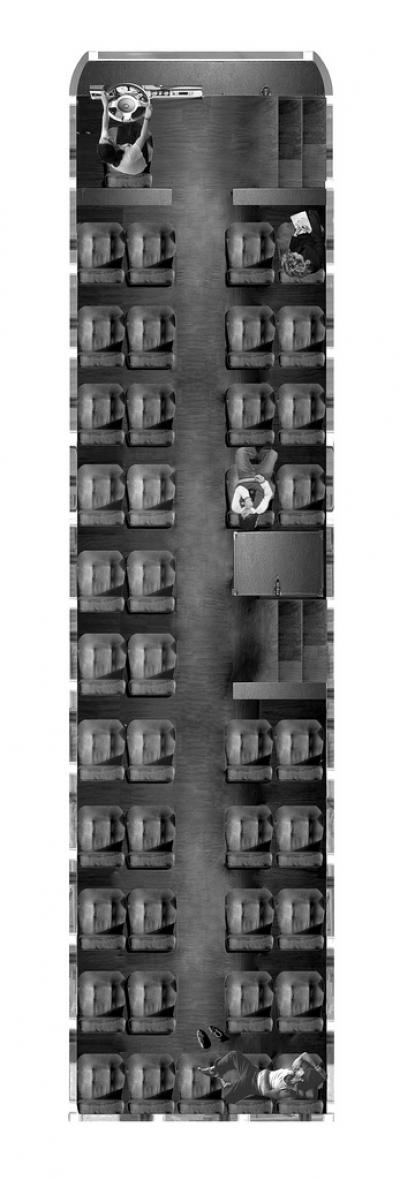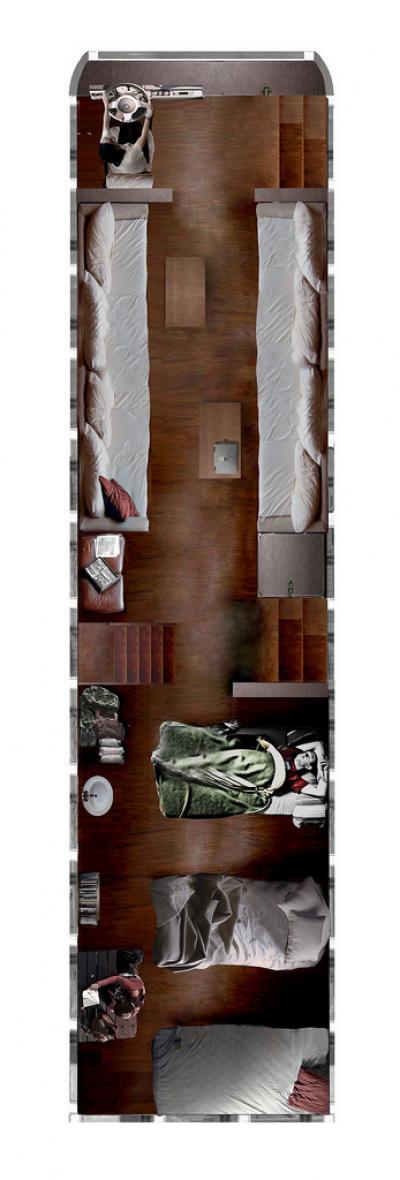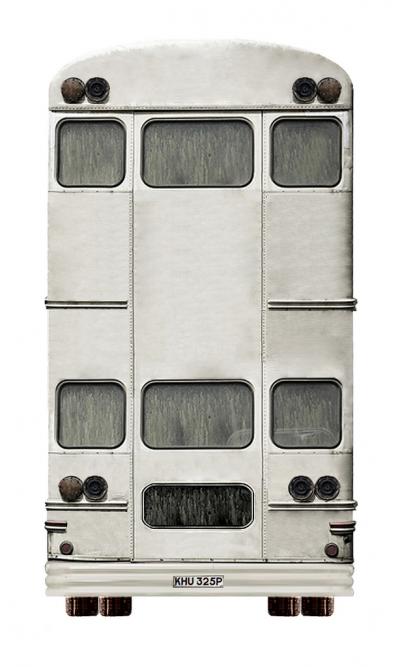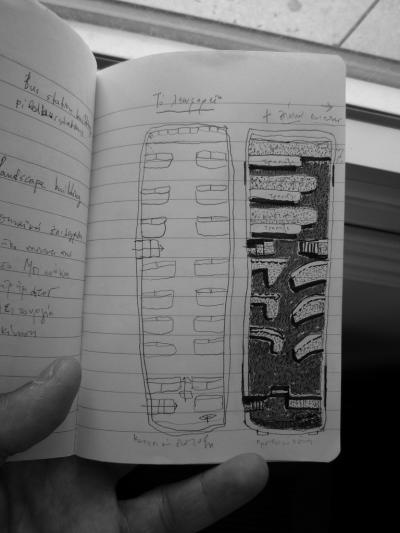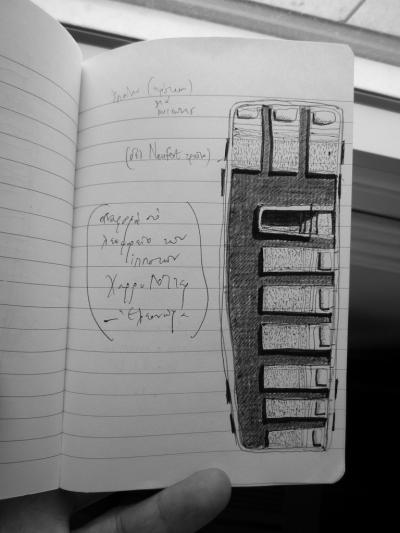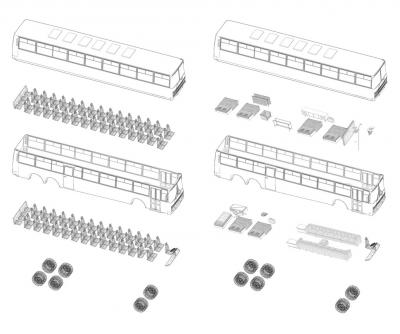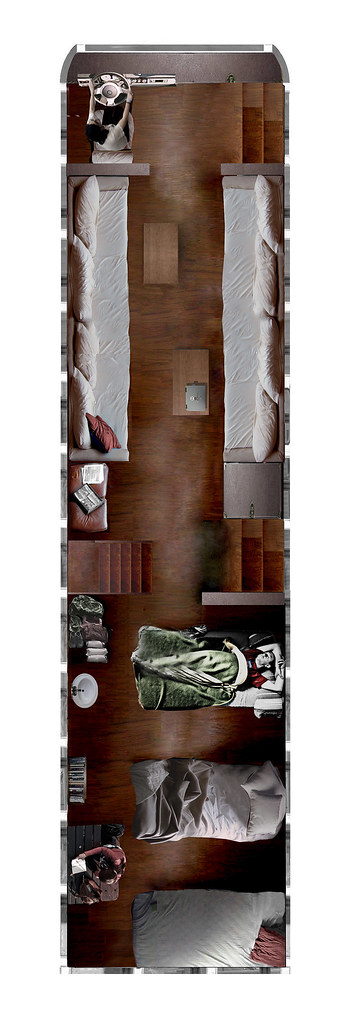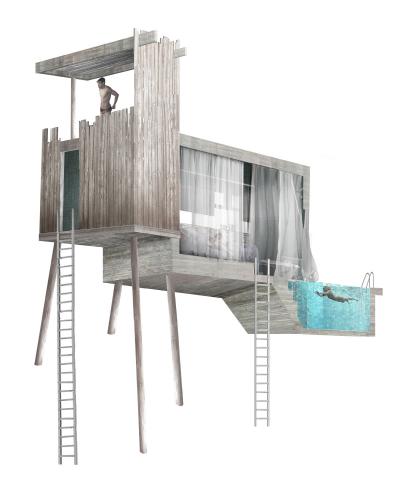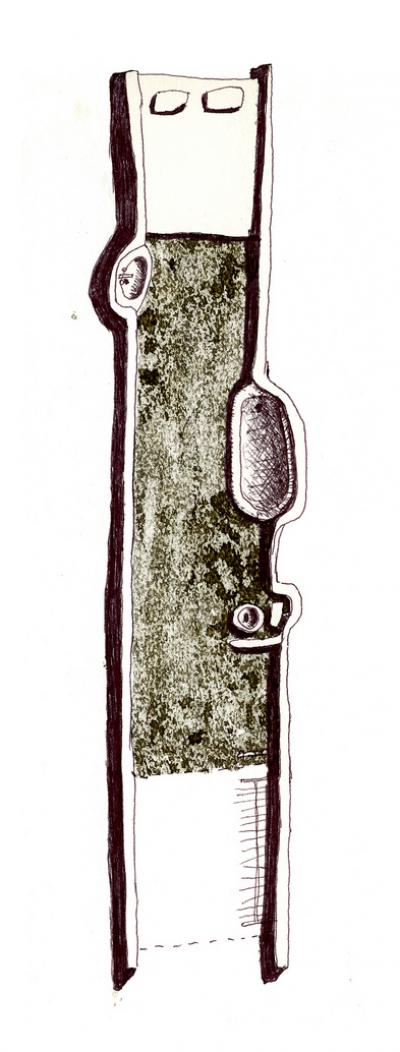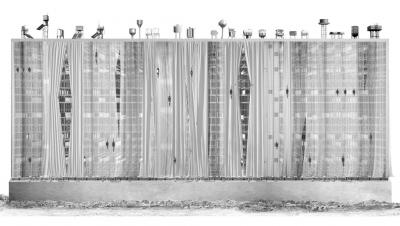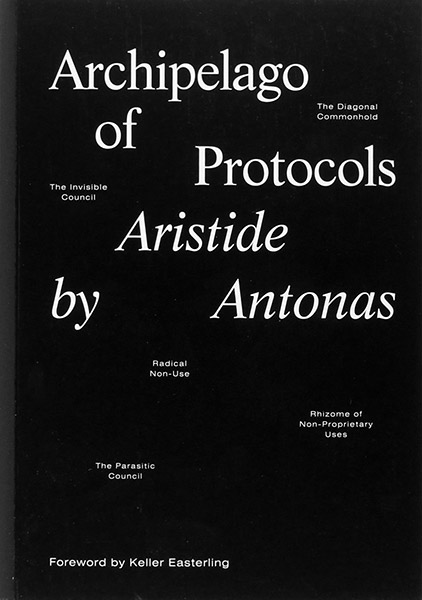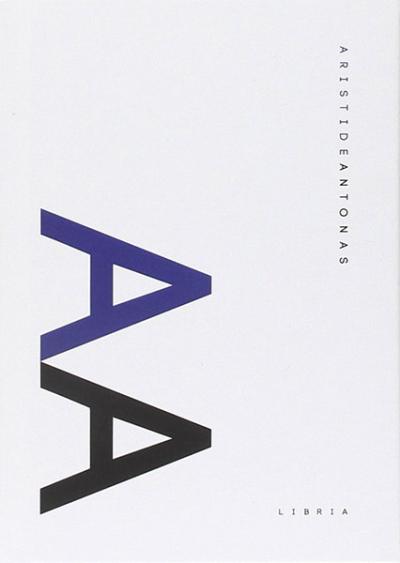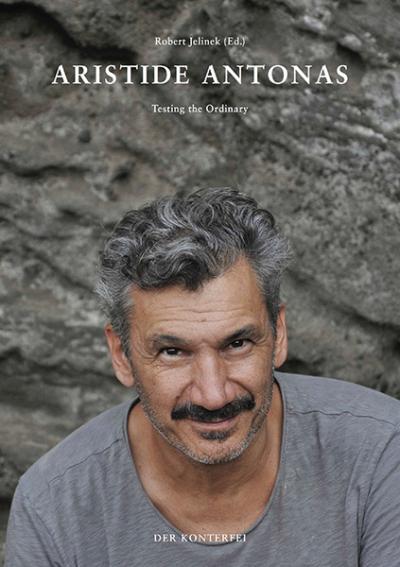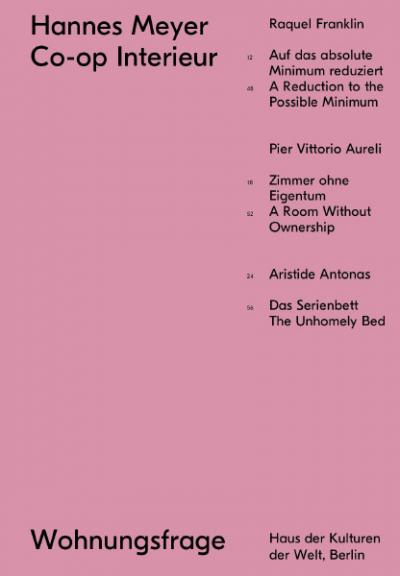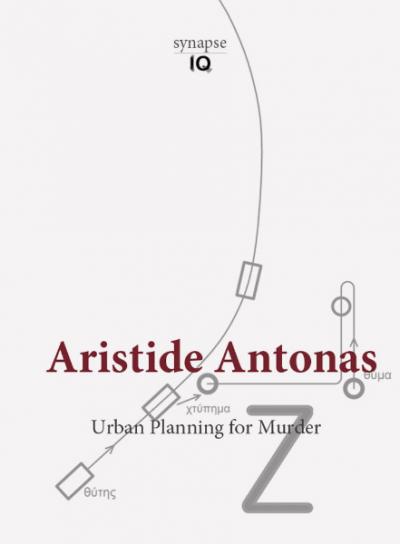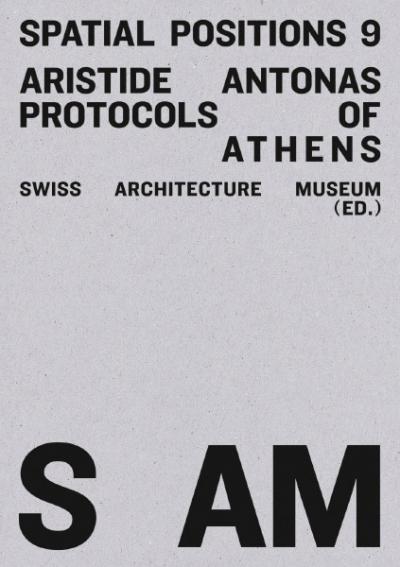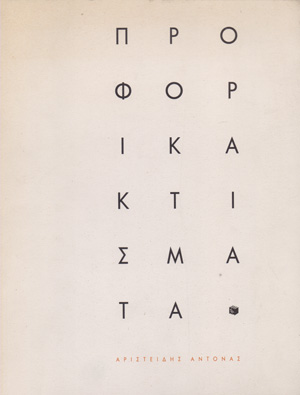Bus Hotel
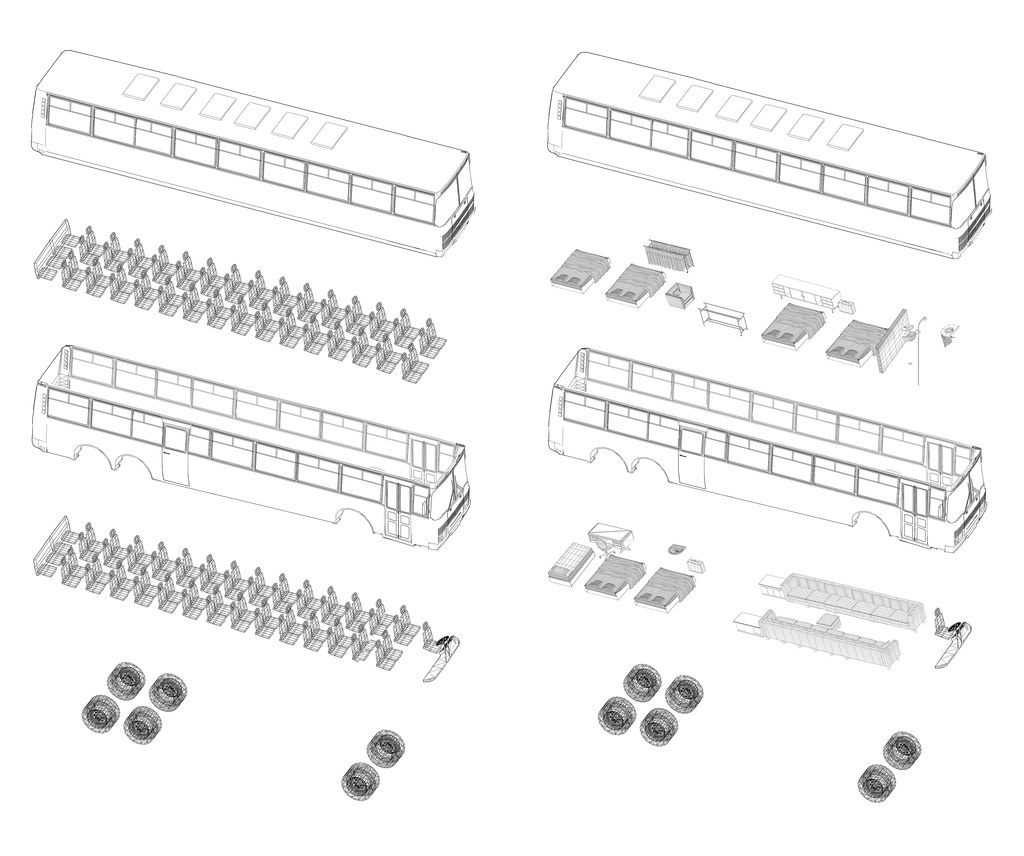
A bed and breakfast space rationale is installed in an existing bus structure. The bus can also be used by small commuting communities such as the professors of off town universities. This project reconsiders the design of an existing two floor bus. The interior space of the bus is transformed to a hostel room containing 7 beds, a water closet and a living room. The chosen vehicle could be a German bus or whatever other type of 2floor bus with similar dimensions.
The design that is not realized yet is founded on a concrete process. The process is regulated by the use of ordinary, banal material. A particular conception of the "prosaic" banality is in the core of these series works. They are undertaken without a commission from any contractor. A type of archeological find is defined through an arbitrary choice of a common object that is located in some objects or conditions of the most "trivial reality". Furthermore the find is never valuable enough to be discovered, due to the closeness in which it appears to our eyes. Something insignificant or common is transformed to a find or it is named a find. In this particular case a common two floor bus becomes a find.
In this process the find is then described as an architectonic piece. What this would mean? We usually think that architecture is identified to a shell that is forming a function. We sometimes think that architecture is an administration analogue to the dress's covering: the dress perfectly suits to a body and the building to a function. The body "itself" and its movements in this case are considered to be the function that an architecture is called to host. "Simply" form follows function. But which is the function that is followed by which form? How simple is this procedure inherited by modernism? It constructs a relation to the body, relation to "normal", "natural", "evident" cover of a given function: the body thus seems to be inscribed in the architectonic result in an "obvious" manner. It is supposed to act and react in the architectonic frame as a presupposed entity. This kind of uni-dimensional preparation of the body is what is needed in ergonomics, concerning the understanding of interactions among the user and the user's system in order to optimize human well-being in the system performance. In this sense a chair is our sitting position. The table is a particular way to adjust our hands:
The furniture form realized body positions. The buildings too after modernism are transformed to recipients of a particular, functional mobility. This particular concept of function could be thought again. Sullivan's leit motif "form follows function" leaves an open question about what function would be, if not the shape of stabilized habits. The stabilized habit becomes a rule that regulates space. This concept of function did not only put problems to the particular shaping of ergonomics; not only it structured the created space and the objects made for it. This same concept rules the more complex building programs: the architect is called to prove his scholarship while covering preexisting programs in a similar rationale. The idea that a complex function can be understood as analogous to the body's simple acts stabilizes the social attitudes and is deeply conservative. If we accept that architecture always give form to a predetermined function we have to accept also that a function is not addressed by an architect. An office building is an office building, a bank is a bank, a restaurant is a restaurant. These tautologies can show the emptiness of the architectonic discourse. They reproduce the idea of a chair and of a table, extending it to whatever could be designed space. The Neufert family of manuals for architecture derive from this concept of the "simple sitting on a chair". Neufert is above all its interior accurate specifications a declaration of this very strong concept: architecture has no content. The shape of it is already conceived without thought by some repetitions, changing within time but shaped by the time itself. We can count some results and get this shape; then we have what we need: the "correct" arrangements, interrelations between spaces, subordination of one space to another. Our task would then now be to cover them with a simple cover. Architecture seems to be from one point of view the combination and manipulation of the given information in order that it is installed in a specific site; from another point of view architecture is a covering of all this predefined content. An affirmation that there is nothing to add except a cover in an already shaped, existing construction. A finished diagram that is tied to a genealogy of similarities lies in the background of this procedure. The particular diagram that defines a space: a restaurant, an office, a bank or a bus is beyond question. The provocative architecture is - after modernism and still - re-handling stable functional entities in houses and in offices. The architecture we know can only speak within the surplus of this mechanism, to make for example a museum articulate an utterance or a proposition at the side of this "function covering"; it can make for example a museum speak, the super market announce something with its cover, not revising of course its interior structure and its function.


Hotel Bus and some more projects of this kind are suspicious about this type of architectonic strategy. In these works architecture could be defined in a reversed way. Architecture is tested as a residue of a former function. We recall the artist works of Rirkrit Tiravanija: I think about the way Tiravanija takes care about the traces of his "acts" or "performances" he prepares. Tiravanija does not insist on the action itself when the moment comes to make a reference to it: he records its scene. The action's scene, where it took place, this residue (which is somehow sad as if it was reconsidered in a condition of the mourning of the action) could be architecture in the way we address it today. Maybe it reminds a speaking archaeology referring to whatever is done as if it were non understandable or already, a priori, lost. The recording of an empty bus, deprived by the people that inhabits it shows in the same time its shape (in a monumental grasp of its abandonment) and the strange particular mourning of the passengers. In this condition the form neglects its own value; the form's value is postponed due to a failure that controls it. The skin of the vehicle is a given shape and in the same time a particular schema, proposed for a revision. The 2 floor bus is provided now as a field for transformation. We can imagine differently the space because we can also forget what is normally a bus. The architect can then project a particular amnesia. The project is asking for a cancellation of the architect as a creator. What could be important then in this background would be the distortion of a view or an alternative description of a bus than a bus design.
Two concrete functional entities were in the center of my interest in this project. A particular meeting of them: the typical normal 2 floor bus and in the same time a bed and breakfast hostel function. Each of them independently is presented as a stable banal entity; together they organize a more enigmatic hybrid. Architecture in this case would have the structure of forgetting. Furthermore the architectonic project would then be an essay work: in the french sense of the word essay derives from the verb "essayer", meaning "to test" or "to try". The work of architecture could then propose a particular testing of an amnesiac procedure. Imagination is attesting a cancellation of the architect's role. This role is identified to the role of somebody that is mourning what is lost in a moment where this loss did not occurred yet. Such project cancels also the architect as a proposer of a form or maybe it installs some different exigencies for the meaning of form: the form's conceptual structure is understood in a different level. The thinking gap is more important than any undertaken design. The beds can better be placed in this particular way or another, the floor can be wooden or not; these decisions do not have any crucial importance. What matters here would more be the potential of the distortion and a promise for its possible meaning. The acceptance of the everyday matter as a void shape of a particular amnesia.
The proposed conceptual distortion in this bus project is regulated through two different strategies. The first one could be named "the platform strategy" and the second is known as "the strategy of collage".
In order to work with the platform strategy the bus is first emptied. It is then occupied by beds, coaches and a bathroom. In a way we can already imagine how such a space could be inhabited. It could be useful for people traveling long distances that are not covered by other transport media. Researchers of any kind or travelers, people that commute between cities or observers of difficult areas such as divided Cyprus or Palestine can use this setting that is proposed already with the equipment and the emptied interior of the bus. A type of motion that needs time in streets and also a type of land that does not include possible hotel facilities read this vehicle as a proposed hybrid function.
The platform strategy could be described as an abstract way to determine a program: an inverse way to crystallize the project's rationale through an indeterminable point of view. We could start our investigation through a program of an invisible, dispersed hotel the rooms of which realize a particular fragmented, abstract and moving whole. Hotel BUS then would be a version of space that seeks its way to incorporate its background. Hotel BUS does not speak yet precisely about its use; it is formed though as a platform of possible habitation of different types of motion, organized through an alternative grasp of the concept of function. A heretical reconsideration of the interior is the main conceptual construction.
The vehicle's skin remains practically intact. The collage strategy functions here in an invisible manner. We have not seen such a bus, but nothing is striking in this transformation. We don't even know what such a construction will host. Nevertheless we may know how to inhabit it. This knowledge of inhabitation comes together with the function of the elements that are put inside the bus. Typical banal elements show us already how to interact with them. The beds, the sofa, the water closet, the shower, the small wardrobes, the bookcases already speak about a particular type of stay in which we know how to behave. They are all elements of a given functionalism, traditional now originated from modernism. They are elements that are monumentalizing or stabilizing in a banal way the small narrations of the everyday house. The joints that are made between these objects of domestic everyday life and an empty bus create the hotel BUS as a platform. The fragments of a domestic archeology propose a mnemonic rearrangement for the space of a vehicle. Mnemonic ready-mades are proposed for a mobile melted form that is awaiting possible functions. A programmatic design proposes the possibilities of a transposition in the program. The sole mnemonic rearrangement determines the type of a proposed architectonic amnesia.
In collaboration with Katerina Koutsogianni, 2008

